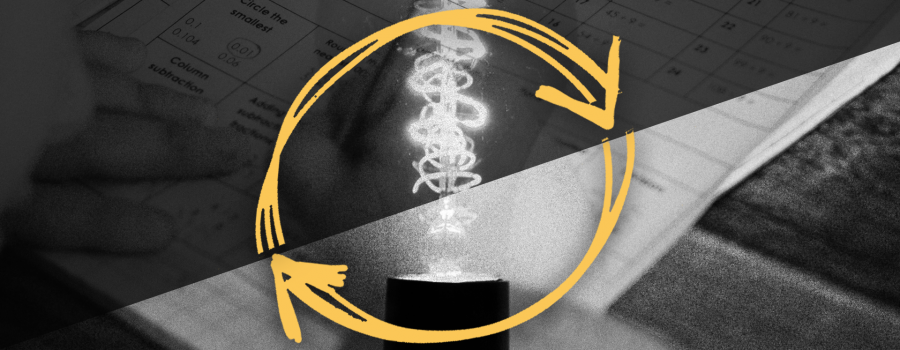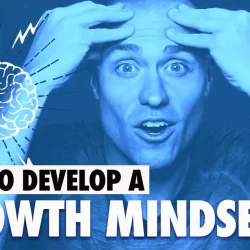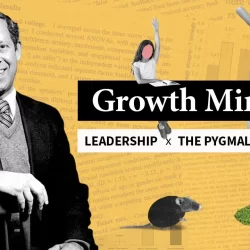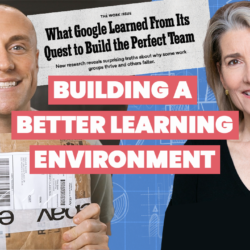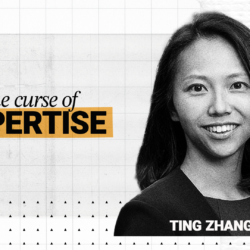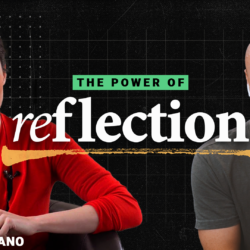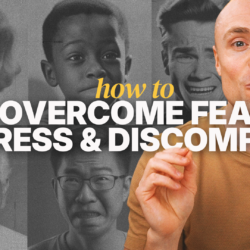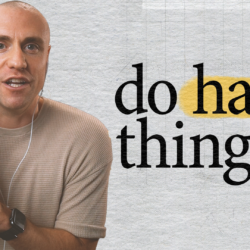There are two parts of learning something:
1. Figuring out how to do the thing
2. Practicing it
Part 1 is fun, easy, and even exciting. We can read, listen to podcasts, watch YouTube videos and start to rack up this knowledge almost without lifting a finger. A bit of this is useful – we need a concrete target to aim for and understanding better approaches to executing the skill is great. But once we figure out what we’re trying to do and better ways to do it, part 1 can become a trap.
We can get stuck piling up knowledge and searching for the absolute optimal strategy. This seems like we’re making progress – but we’re really just spinning our tires.
There’s a difference between knowledge and skill. Knowledge can be acquired passively, but skill can only be earned through action.
Which takes us to part 2.
We’d probably all be better off spending more time here than we do. Part 2 can get messy, part 2 feels weird, and there’s often not a roadmap for part 2.
But this is where the magic happens.
It’s not as simple as “just do the thing.” Nah. This part requires both creativity and consistency.
Creativity = finding ways to increase the quantity and quality of the reps
Consistency = finding ways to sustain action over time
Becoming a better storyteller:
Part 1 – read a book like Storyworthy by Matthew Dicks. Rather than reading 4 more books on storytelling we need to move to part 2.
Part 2 – start using the lessons in Storyworthy and improving the stories you tell to your friends and family. After testing the waters with your family, start integrating better storytelling into your daily life. Then maybe find ways to tell your stories to a younger audience to see if you can hold their attention. Film your stories and compare them against the model you found in part 1.
As you can see, with a little creativity we can improve both the quantity and quality of these reps – both matter.
Warning: It’s also possible to get trapped in part 2, practicing the same thing over and over but seeing little progress. Once we level up with sustained part 2 action we can go back to part 1, revisit our strategies, find another model or framework, and work on optimizing our approach.
Rather than getting stuck in the part 1 knowledge collection hamster wheel or in part 2 banging our head against the wall wondering when the plateau will end, let’s look at these two parts as a cycle and spend more time getting the reps, adjusting our tactics, and iterating our way to growth.
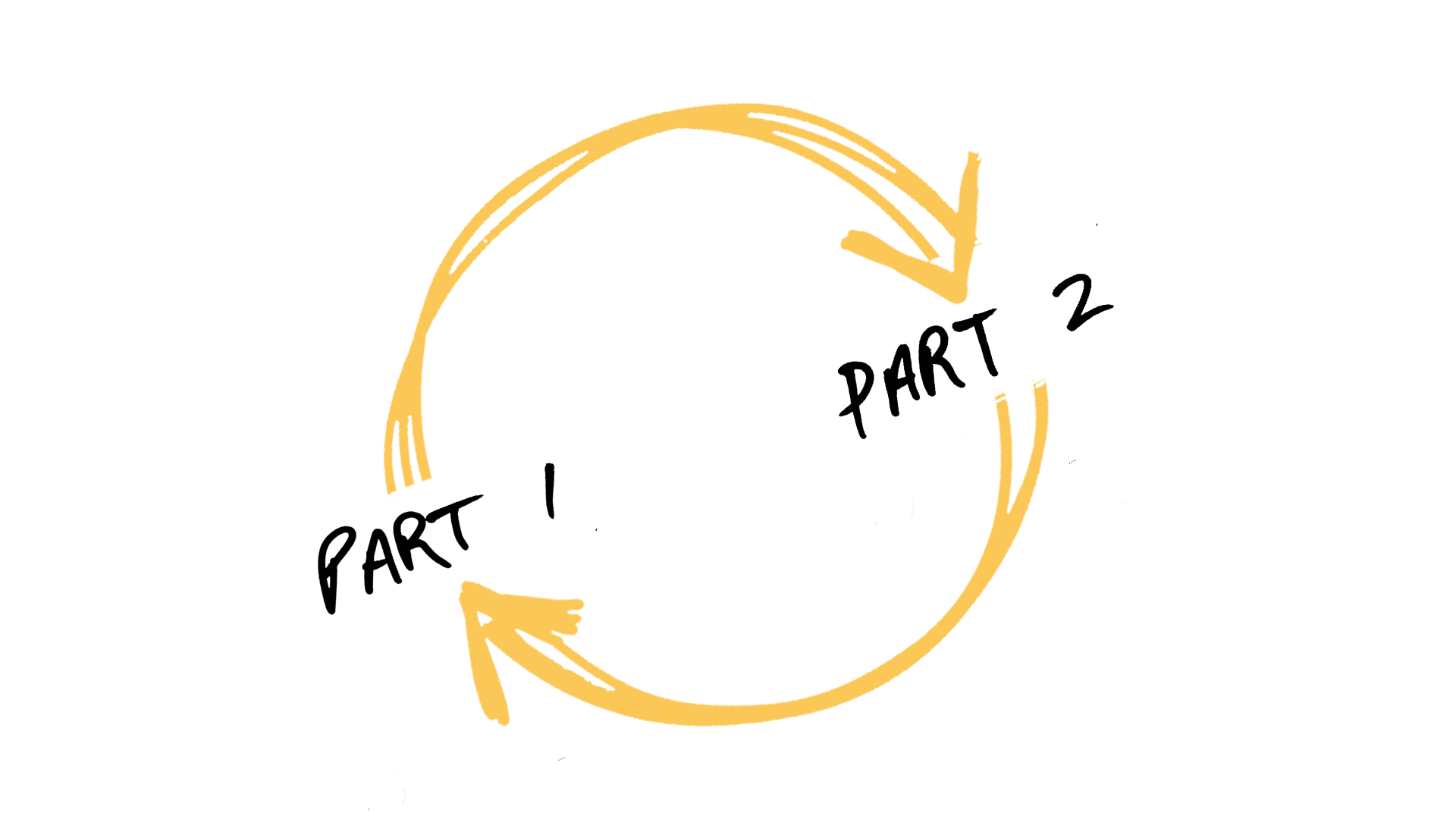
Two articles that can help you get started and spend more time in part 2:
Getting started: Getting to Kinda Good Island
Improving the quality of practice: Three Tools for Better Practice

